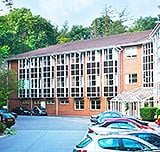
Scoliosis is a condition where your spine curves sideways, often forming a C- or S-shape when viewed from behind. While mild cases may go unnoticed, more noticeable curves can lead to uneven shoulders, back pain, or posture changes. It most commonly develops during adolescence, though it can affect people of any age. Scoliosis treatment depends on the severity and age of onset, and may include observation, bracing, physiotherapy, or in some cases, surgery to correct or stabilise the curve.
Scoliosis is a condition where your spine curves side-to-side, forming a C or S shape instead of remaining straight. While your spine naturally has forward and backward curves, scoliosis causes an abnormal lateral curvature that can affect your posture and movement.
The condition is most commonly diagnosed in children and adolescents, though it can also develop in adults due to degenerative changes in the spine. In many cases, scoliosis is mild and doesn’t cause symptoms, but more severe cases can lead to uneven shoulders, back pain, and difficulty breathing.
Scoliosis of the spine requires regular monitoring, especially in growing children, to track progression. Treatment options include bracing, which helps prevent worsening, and surgery, which may be necessary for severe cases to correct spinal alignment.
Scoliosis can be classified into different types based on its cause and when it develops:
The most common type, with no known cause. It often appears in adolescence and may have a genetic link. Idiopathic scoliosis is further categorised by age:
Present at birth due to abnormal spinal development in the womb. It may worsen as a child grows.
Caused by underlying conditions like cerebral palsy, muscular dystrophy, or spina bifida, affecting muscle balance and spinal alignment.
Develops later in life due to age-related changes, such as disk degeneration or osteoporosis.
Scoliosis can also be classified by the location and direction of your spinal curve:
Scoliosis symptoms vary depending on severity. It can develop gradually and early signs may be subtle. Here are key indicators to watch for:
Most scoliosis cases are mild and don’t cause symptoms, but severe cases can lead to pain, posture issues, and breathing difficulties. If you notice any of these signs, it’s advisable to consult a healthcare provider for an evaluation.
Wondering how to know if you have scoliosis? A healthcare provider will typically diagnose scoliosis through physical exams, medical history reviews, and imaging tests. Early detection is crucial for effective treatment.
A doctor will conduct a detailed physical exam, checking for uneven shoulders, hips, or ribs, spinal curvature when bending forward, and muscle weakness, numbness, or reflex abnormalities.
They will also ask about family history of scoliosis, symptoms such as back pain or posture changes, and any bowel, bladder, or motor issues, which may indicate nerve involvement.
If scoliosis is suspected, imaging tests help confirm the diagnosis and assess severity:
Regular follow-up X-rays may be needed to monitor progression, especially in children.
Scoliosis is most commonly diagnosed during adolescence, typically between ages 10 and 15, when rapid growth can make spinal curvature more noticeable.
However, scoliosis can also be diagnosed in adults, often due to age-related degeneration or previously undetected mild scoliosis that worsens over time. In these cases, scoliosis symptoms may appear later in life, leading to a late diagnosis.
Healthcare professionals assess scoliosis severity by measuring the **degree of spinal curvature**. This is done using:
Severity Classification
Less than 10 degrees - no scoliosis diagnosis.
10 to 24 degrees - mild scoliosis.
25 to 39 degrees - moderate scoliosis.
40+ degrees - severe scoliosis.
The Cobb angle is measured similarly to angles in geometry, helping doctors determine treatment needs.
The cause of scoliosis depends on its type, but common factors include:
Certain factors may increase the likelihood of developing scoliosis:
While mild scoliosis often doesn’t cause issues, severe cases can lead to complications, including:
If scoliosis symptoms worsen or cause breathing issues, seek medical attention promptly.
Managing scoliosis pain at home involves a combination of movement, posture awareness, and lifestyle adjustments.
Engaging in low-impact exercises such as swimming, yoga, and stretching can help strengthen core muscles and support spinal health. Maintaining proper posture while sitting and standing reduces strain on the spine, while heat therapy, massage, and over-the-counter pain relievers can provide relief from discomfort. A firm mattress and appropriate pillow support can improve spinal alignment during sleep, and a diet rich in calcium and vitamin D supports overall bone health.
While these strategies can help manage symptoms, it’s important to consult a healthcare provider for personalised guidance.
Scoliosis treatment depends on the severity of the spinal curve and the age of the patient. Mild cases may only require monitoring, while more pronounced curves can be managed with bracing, physiotherapy, or surgery. Advances in medical technology have made minimally invasive procedures more effective, helping patients maintain mobility and spinal health.
Children diagnosed with moderate scoliosis may need to wear a brace to prevent the spinal curve from worsening. While bracing doesn’t reverse scoliosis, it can help stabilise your spine during growth.
The most common brace is made of plastic, fitting under the arms and around the rib cage, lower
back, and hips. It’s discreet and can be worn under clothing. Braces are typically worn for 13 to 18
hours a day, with effectiveness increasing the longer they’re worn. Children can participate in most
activities, removing the brace for sports or physical exercise if needed. Some braces are designed
for nighttime use, depending on the type of scoliosis.
Bracing is most effective while a child is still growing. Growth typically stops around age 14 for
females and age 16 for males, though this varies.
For patients with mild scoliosis, nonsurgical options focus on monitoring, pain relief, and strengthening exercises to maintain spinal health, mobility and comfort and prevent progression.
Physiotherapy is often recommended for scoliosis patients to reduce pain, improve posture, and enhance mobility. A physiotherapist may tailor exercises to strengthen muscles supporting the spine and alleviate discomfort.
Common physiotherapy approaches include:
Spinal surgery may be necessary for severe scoliosis or cases that don’t respond to nonsurgical treatments. The goal is to stabilise the spine, restore balance, and relieve pressure on nerves.
Types of scoliosis surgery include:
Recovery from a scoliosis operation varies based on the type of procedure, age, and overall health. Here’s a general timeline:
First few weeks - hospital stay of 3 to 7 days for monitoring and pain management. Limited movement. Gradual walking with assistance.
6 to 12 weeks - increasing activity where light exercise and daily movements resume. Regular check-ups ensure proper healing.
3 to 12 months - full recovery. Most patients return to normal activities within 6 months. Strength building through physiotherapy to help maintain spinal stability.
Ramsay Health Care UK offers comprehensive scoliosis services, including diagnostics, physiotherapy, and surgical treatment. Their expert teams provide personalised care plans with access to spinal fusion, vertebral body tethering (VBT), and expandable rod procedures for children and adults. With shorter wait times, fixed-price packages, and dedicated aftercare, Ramsay ensures a smooth and supportive treatment journey from diagnosis to recovery.
Yes, most people with scoliosis can lead a normal, active life. Mild cases often require little to no treatment, while more severe cases can be managed with bracing, physiotherapy, or surgery. With proper care, individuals with scoliosis can participate in daily activities, sports, and work without major limitations.
Five common scoliosis symptoms include uneven shoulders, one hip higher than the other, a visibly curved spine, ribs sticking out on one side, and back pain. If you notice these signs, consider consulting a healthcare provider for evaluation.
If you have scoliosis, avoid heavy lifting, high-impact sports, and prolonged sitting or standing, as these can strain your spine. Wearing ill-fitting backpacks or shoes may also contribute to discomfort. Staying active with low-impact exercises and maintaining good posture can help manage symptoms.
It’s never too late to treat scoliosis. While early intervention is ideal, adults can still benefit from physiotherapy, bracing, or surgery to manage symptoms and prevent progression. Scoliosis treatment focuses on pain relief, mobility improvement, and spinal support, even in later life.
Yes, walking is a safe and effective exercise for people with scoliosis. It’s low-impact, helps strengthen muscles, improves posture, and supports spinal health without putting excessive strain on the body.
Scoliosis pain symptoms are most commonly felt in the lower back, but discomfort can also occur in the shoulders, neck, or hips, depending on the severity and location of the spinal curve. Some people experience muscle strain or nerve pain, especially if the curvature affects posture or spinal alignment.
Chiropractors can’t fix scoliosis, but they may help manage symptoms like back pain and stiffness through spinal adjustments, posture correction, and muscle strengthening. However, chiropractic care does not correct spinal curvature.
Sleeping with scoliosis is easier with proper support. The best position is on your back with a medium-firm mattress and a pillow under your knees to maintain spinal alignment. Avoid sleeping on your stomach, as it can strain your spine.
Scoliosis pain can feel like back stiffness, muscle strain, or sharp discomfort, often in the lower back, shoulders, or hips. Some people experience numbness or tingling if nerves are affected. Pain levels vary depending on the severity of the spinal curve.

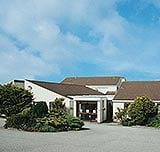

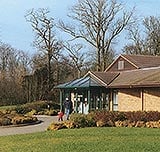
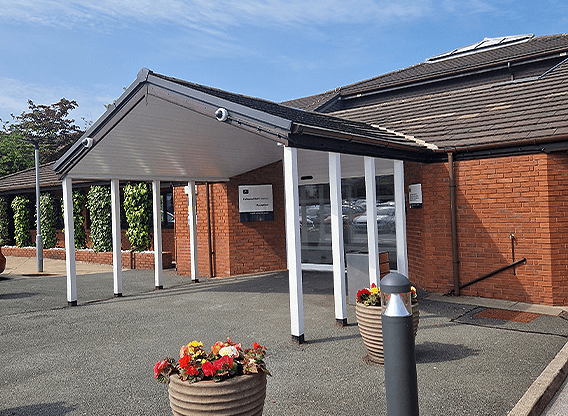

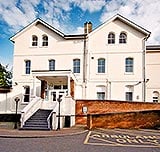
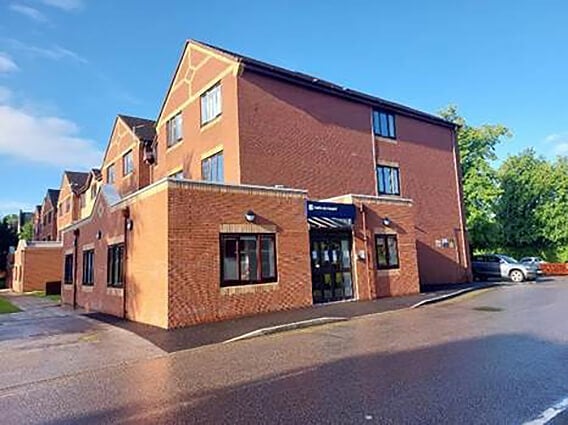
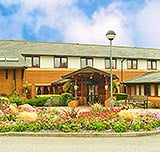
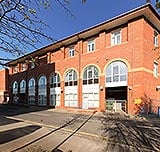
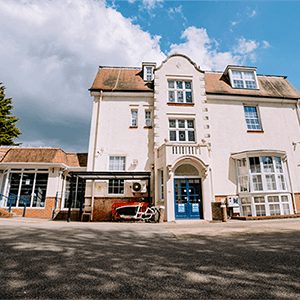
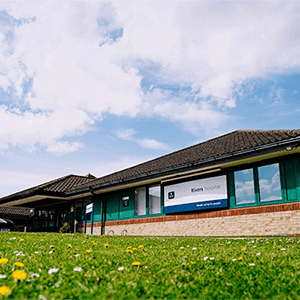
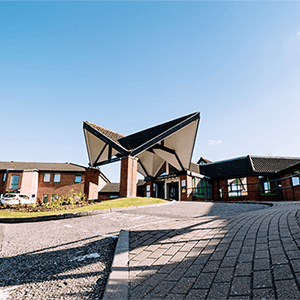
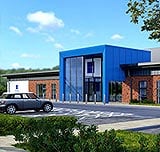
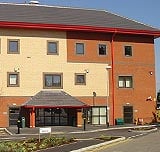
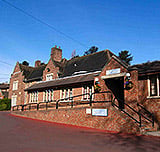
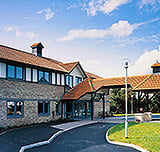
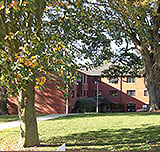
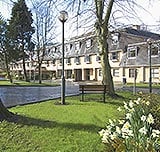
Ramsay Health Care UK are celebrating after being named as a Gold National Joint Registry (NJR) Quality Data Provider for the second year running, after successfully completing a national data quality audit programme for 25 hospitals offering orthopaedic procedures.
Duchy Hospital in Truro, proudly opened its state-of-the-art Imaging and Outpatient Suite representing a major investment in patient care, designed to enhance diagnostic capabilities and improve the overall experience for patients across Cornwall.
There’s cause for celebration at West Midlands Hospital in Halesowen, as the team marks an incredible milestone — 100 successful joint replacement surgeries using the advanced CORI robotic system.
The information, including but not limited to, text, graphics, images and other material, contained on this website is for educational purposes only and not intended to be a substitute for medical advice, diagnosis or treatment. Always seek the advice of your physician or other qualified health care provider with any questions you may have regarding a medical condition or treatment.
No warranty or guarantee is made that the information contained on this website is complete or accurate in every respect. The testimonials, statements, and opinions presented on our website are applicable to the individuals depicted. Results will vary and may not be representative of the experience of others. Prior patient results are only provided as examples of what may be achievable. Individual results will vary and no guarantee is stated or implied by any photo use or any statement on this website.
Ramsay is a trusted provider of plastic or reconstructive surgery treatments as a part of our wrap-around holistic patient care. Our personal, friendly and professional team are here to support you throughout to ensure the best possible care. All procedures we perform are clinically justified.
*Acceptance is subject to status. Terms and conditions apply. Ramsay Health Care UK Operations Limited is authorised and regulated by the Financial Conduct authority under FRN 702886. Ramsay Healthcare UK Operations is acting as a credit broker to Chrysalis Finance Limited.
Ramsay Health Care UK is not currently recruiting for any roles based outside of England. If you are interested in applying for a role with Ramsay Health Care UK, please note that all available positions are advertised exclusively on our official website: https://www.ramsayhealth.co.uk/careers. Be cautious of individuals or organisations that approach you directly for remotely-based roles. Always verify the authenticity of the job offer and be careful with whom you share your personal information. For more information and advice on employment fraud, please visit: https://www.ramsayhealth.co.uk/careers/recruitment-fraud